An Inexpensively Restored ’70 Triumph Spitfire, Built For Making New Memories.
Those formative years of your youth hold memories of a certain car that gave you a fuzzy feeling inside, kind of like that first romantic someone. But that’s another story for another time.
That certain car materialized for me during a visit to a new-car dealership with my Ford-loving uncle, who wanted to check out these new tiny English cars called MG and Austin-Healey. At the ripe old age of 12, I didn’t know what to expect and I certainly didn’t expect what I found. The gleaming little open-top two-seater, with its black leather interior and stubby little gear shift, had a dashboard so full of gauges (not idiot lights) that it could make a pilot envious. Sparkling wire-spoke wheels—instead of large, bland hubcaps—just set off the whole package. Somehow it looked all speedy just sitting there in the showroom. And a grip on the quick steering wheel let you know you had hold of something. Needless to say, I was hooked.
My uncle found the British Racing Green Austin-Healey Sprite too much of a squeeze for his long legs, but the bright red MGB was, as he put it, “more like it.” Also a plus, the engine was almost twice the size. Speaking of size, once seated in the cockpit, my legs had to stretch to reach the firewall. It was roomy.
The project began as a Craigslist-find 1970 Triumph Spitfire in need of completion. Floorpans had been welded in and the bodywork taken care of by the previous owner. While the basics were there, many parts were missing.
So that fuzzy feeling filled me until three years later, when my first car had to be an MG Midget, bright red and trimmed off with those shiny wire wheels. There’s been an MG or Healey in my garage ever since. My kids don’t know a time when Dad didn’t have a British car project taking up a bay in the garage.
Somewhere along the way, in the pages of Sports Car Graphic magazine, was an article profiling a Triumph Spitfire that consumed me with that fuzzy feeling all over again. With sexy-looking low-cut doors and a rounded tail, it sported cute little taillamps riding high on the fenders. I loved that look—it was stunning. I eventually had the opportunity to drive a couple of Spits owned by friends at school, but the Triumphs didn’t seem as solid as my MGs. Both examples I test drove vibrated and felt loose. For decades, I suppressed the urge to defect to the other side and stuck with my beloved MGs, but the lure of that sexy Spitfire stuck in my craw. “Maybe someday,” I thought.
Well, someday came in February 2018. An ad on Craigslist revealed a late-1970 Spitfire Mk3 worth considering, less than an hour south of me over the state line. The car was a hard-to-find, high-riding-tailamp model. It’s the typical song, one I’ve heard so often before: boy gets dream car, starts project, loses steam, project wanes, boy dreams car sells. The restoration included new welded floorpans and bodywork to get it beyond its rusted past. Soon the Mk3, and all its boxed-up parts, rode north on my trailer to begin yet another attempt at roadworthiness. Wifey thought, “Oh no,” as she reluctantly witnessed the trailer, loaded with a shell and umpteen parts, backed into the driveway.
I won’t lecture you on the do’s and don’ts of restoration. There are how-to books galore on the subject, by more qualified guys than me, to walk you through the process. On the web, there are endless links and tutorials, and endless supply sources, and endless opinions on getting it done. But the first question you must ask yourself before you start ripping into your nostalgic masterpiece is, where are you are taking this project? Are you concours bound? Well, that’s a deep-seated commitment and you’ll be chasing perfection there. Are you up to it? Then good for you. If local car gatherings are your thing, then a nice, clean, well-sorted car will make you proud. But maybe you’re just vying for a nice-weather driver to deliver that fuzzy feeling inside. If so, you’re probably more interested in cost and economics than factory correctness. You need to decide, but decide early because that choice will be your road map.
If you are the Pebble Beach or Amelia Island kind of person, this may not be the story you want to read. I admire those who strive to ensure authenticity in their restoration, to comb the continent for that exact, precise, genuine assembly line part.
As for me, I just wanted a fun little sun-runner to help me escape the daily grind. I wanted all the wind-in-my-hair feeling and throaty exhaust sound I could afford. I didn’t want the view across the hood to cost more than the car was worth.
There was no money in the budget for a new instrument panel, so a replacement was fabricated out of lauan plywood. The dash pad was given a makeover with vinyl purchased at a local fabric store.
So, my newly acquired Spitfire sat on the trailer in the driveway, under a tarp, until I convinced myself to sell my MGB and make room in the garage for another project… again. Then the fun began, and I have to admit it really was fun. For once, I had a project that truly was a labor of love. No yanking out a transmission because it left me stranded. No ringing pistons and honing cylinders because they burned too much oil. No forced ragtop renewal because the rain poured in. Those were had-to tasks: the Mk3 was a want-to.
My shop is nothing fancy. It’s not adorned with sophisticated, high-tech equipment (that would be nice, though). But a shade-tree mechanic discovers backyard means to get things done.
So, the fun began. As I inventoried the boxes of parts that made the trip home with me, I realized a few pieces were missing. Well, more than a few… like a bunch. As the project progressed, I sourced parts from catalog retailers, online bargain sites, and the always-fun swap meets. Being an MG guy, Triumph was new to me, so it was a different adventure.
I spent hours and hours and more hours chasing the Lucas gremlins in the Spit’s electrical system. Although some of that time was fitting customized (yeah, we’ll just call it customized) lights and switches, most of that time was spent on grounds. Fast fact: Always check the grounds. Old British cars are notorious for bad grounding.
My primary task for this project was finishing the bodywork that the previous owner had started. Following some minor body filling and sanding, I considered outsourcing the finish painting to a professional shop. Whoa—sticker shock. While pondering my situation, I inadvertently saw a YouTube video that made me ask, “Hey, was that really done with a spray can? Really? That’s incredible!” The wheels in my mind were turning.
I’ve spray painted helmets before, and motorcycle gas tanks, and several fairings on racing karts, but never an entire car. In this case, 12 cans of Rust-Oleum and some patience made my wallet happy. The color was a new Rust-Oleum offering called Gloss Cobalt Blue. I chose Rust-Oleum because it has the most zinc of any spray paint. Besides, it was a deep, brilliant blue.
I carefully cleaned the primed surface, as paint seems to have this negative attitude about dirt and grease. Then, I started by painting the door jambs and firewall areas, before moving on to the outer shell.
The first coat I applied was very light; almost a mist layer to avoid runs. In about 15 minutes and while the first coat was still tacky, I applied a second light coat. In another 15 minutes, I applied the third coat. I painted one panel at a time and, while waiting the 15-minute tack time between coats on one panel, I moved to another.
You’d be surprised how nice $50 worth of paint can look on a little car. Try it. If it doesn’t come out right, then bite the bullet and go see a pro shop. Just don’t be afraid to try something new.
The car was painted using 12 cans of Cobalt Blue Rust-Oleum spray paint. First the door jambs, firewall, and cowl were sprayed, then the rest. The center of the front bumper wasn’t in great condition, so it was removed, making the Spitfire’s blacked-out grille a focal point.
Inside, I swapped out the cracked, aged black vinyl-covered dash with a custom-made lauan plywood dash. Yes, lauan, not a $300 veneered-walnut piece. It was just an extra scrap left over from a wood cabinet project, and I get “Hey, cool dash” comments everywhere I go. The dash top was removed and recovered with vinyl fabric from Joanne Fabrics. For $15, I bought enough to recover the dash, interior wheelwells, and the trunk-side fuel-tank panel. It looks as good as the original.
Replacing bad dashboard switches with 1960s-era toggle switches was a personal choice for me. I never really liked the look of the rocker switches fitted to later models. And again, yes, they were less expensive. The passenger-side dash shelf was cracked and baggy, so I formed a new one from sheetmetal I had in the shop.
The Mazda high-back seats, part of the package from the previous owner, were modified to fit within the tiny confines of the Triumph frame. This is a common upgrade for aged, worn-out Triumph seats, since the Mazda chairs are more modern, more comfortable, and more fun. I tossed out the flimsy, dilapidated door panels and reused the vinyl to cover a more-rigid lauan backer.
Inside, a comfortable pair of Mazda seats look at home in the cockpit and provide better support than the originals. A luggage rack from an MG looks great and provides a little extra space for cargo.
Do you remember the missing parts I mentioned? Well, I had no rear turn signals. Okay, improvise: How about a set of amber clearance lamps from an auto parts store? They come with double bulbs, the lenses, and the mounting bases, and they are only $3 each. By the way, a luggage rack from an MGB is a perfect fit on the trunk lid of a Spitfire. Just match the rack to the contour of the shorter trunk lid with a wedge-shaped rubber cap.
With regard to the dinged-up, pitted front bumper, I figured less is more. I took some inspiration from the split front bumper found on other marques and cut out the Spitfire bumper’s rusted center section. That gave the nose an aggressive shark-bite look, plus it was less chrome to have to try to polish up.
Under the hood, the engine shroud was fabricated from aluminum flashing. A chrome air filter, again from my local auto parts store, was modified to replace the rusted-out original housing. It looks… what is the word? Oh yeah, speedy.
The Spitfire’s owner/restorer Larry Mellot is rightfully proud of his low-buck approach to getting a British sports car back on the road again.
On one last note, the rusty exhaust muffler had to go. But rather than replace the entire exhaust system to get just that muffler, a Ford tractor stack muffler from Tractor Supply was only about $20. It was the same size, same configuration, and produced an awesome, deep-throated sound.
So, as you can see, you can sink several thousand dollars into your hobby vehicle, or you can spend a couple hundred. It all depends on what level you want to take your project to. That is a question you really do need to ask yourself at the get-go, but isn’t the whole idea about keeping ’em on the road? You can’t experience the pleasure these little British cars have to offer if you can’t afford them in the first place.
A friend of mine has over $20,000 in his Cobra kit car and it still isn’t completely finished. He admitted that our highway enjoyment is not all that different. When cruising the open road, the fuzzy feeling you get is the same. You’re in your open-top with the wind in your hair and wifey by your side.So do what you have to do within your budget and ability level and get ’em driving.”Hey honey, I just saw a great little Austin. What? Ah… never mind.”

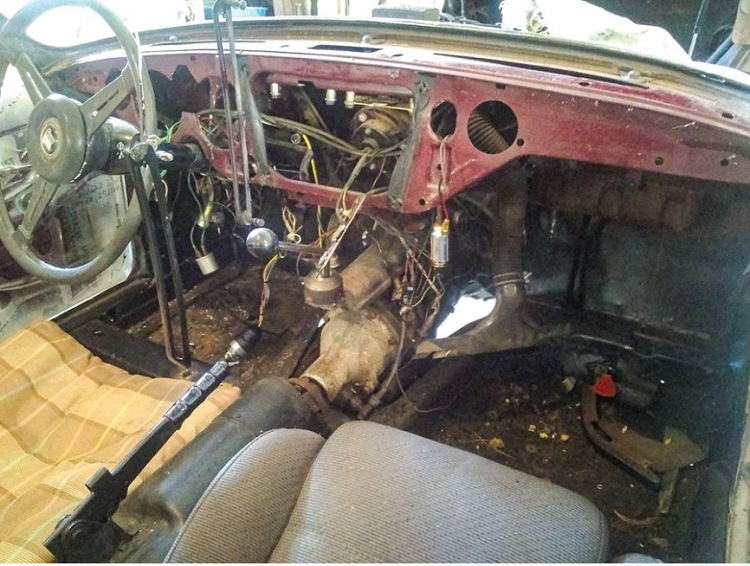
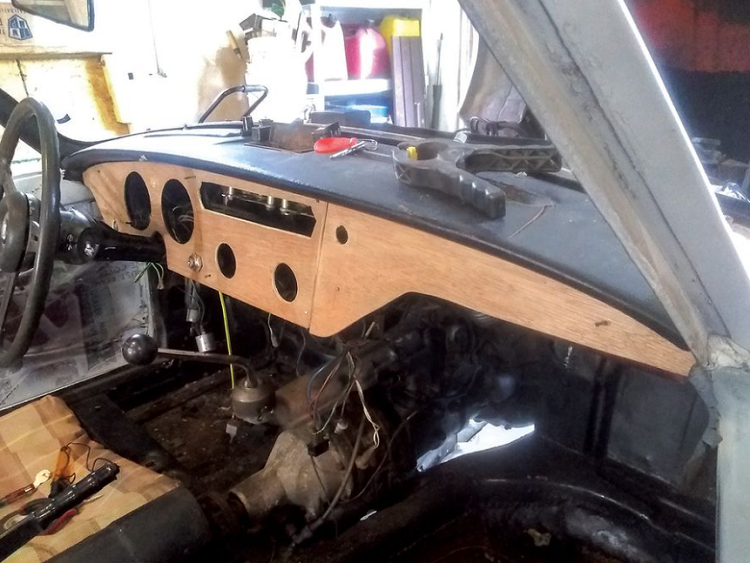

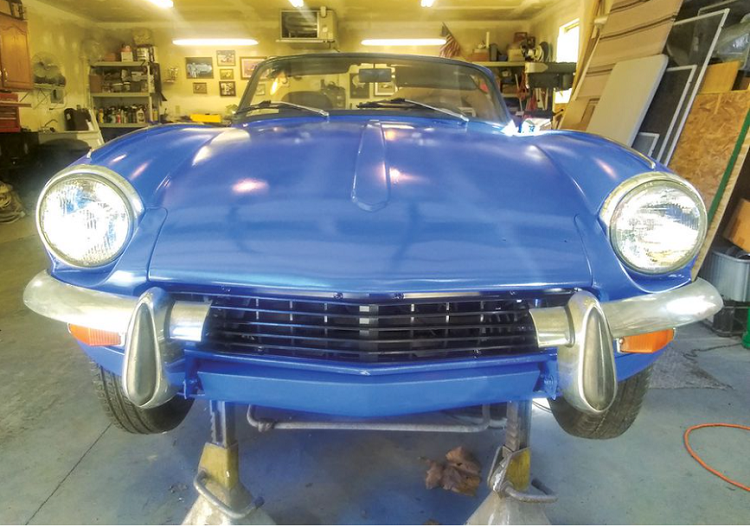
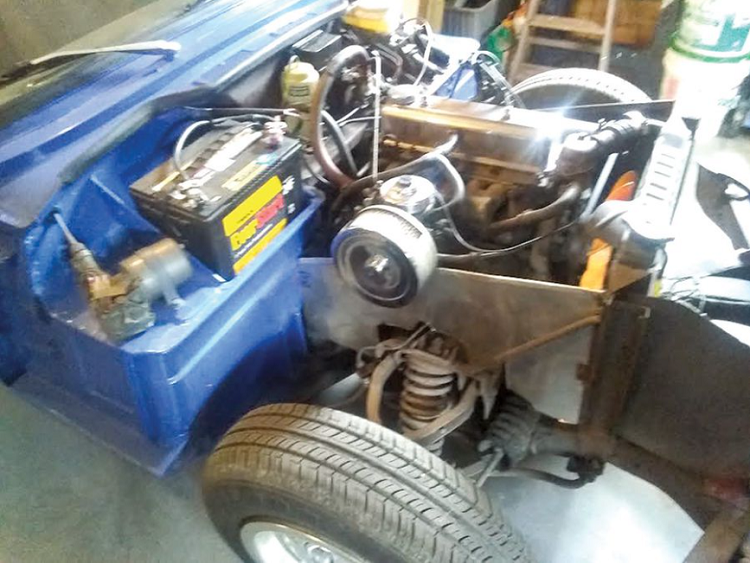
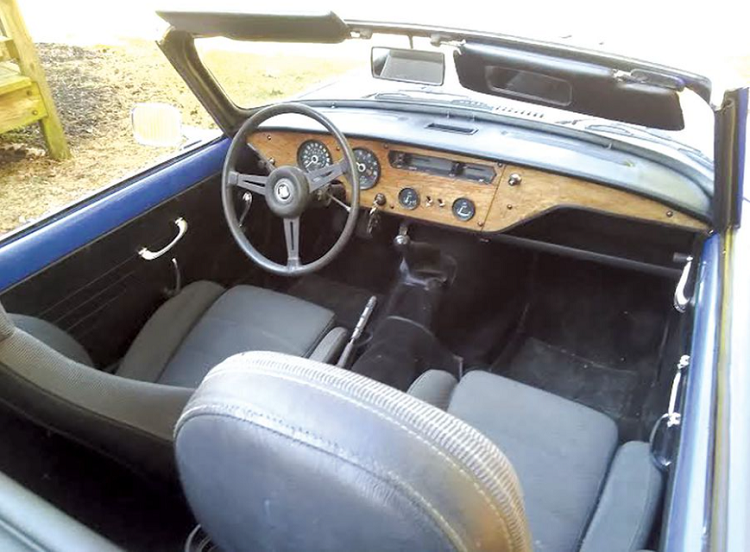

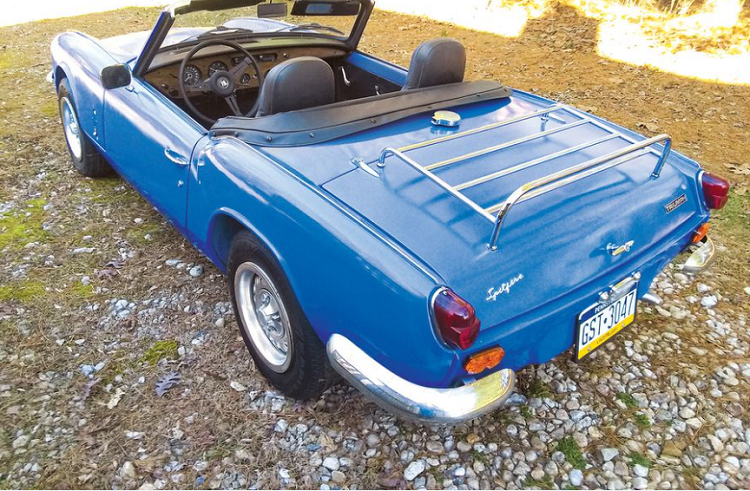


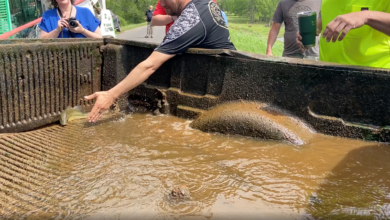
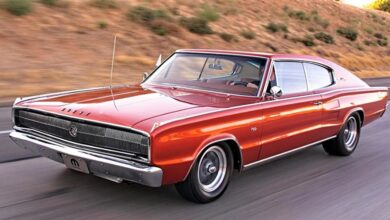
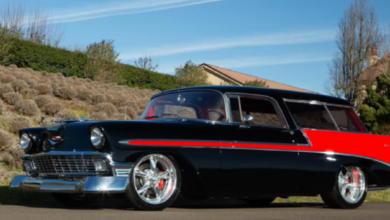
Ahaa, its pleasant discussion on the topic of this paragraph at this place at this webpage, I have read all that, so now me also commenting here.|
Wonderful views on that!